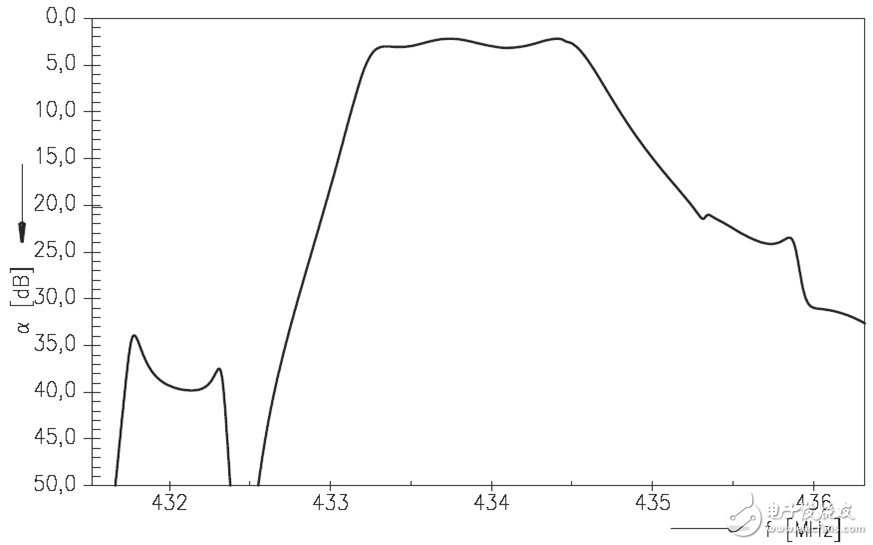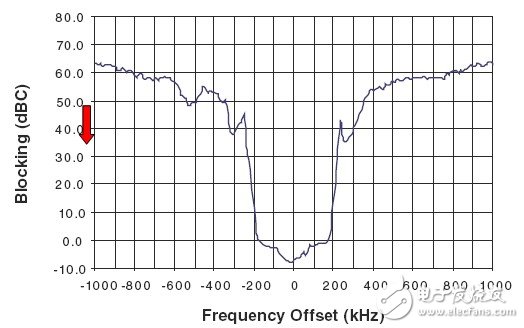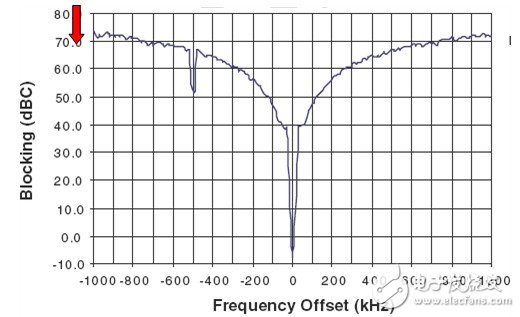Author: Atmel Jim Goings
Introduction
The highly integrated advanced RF design that can be used today allows engineers to design RF systems with performance levels superior to those of the past. Recent advances in blocking, sensitivity, frequency control, and baseband processing are affecting RF system architecture design. This article aims to explore certain parameters. Features and their impact on system performance.
Coping with interference
Harmful RF signals at or near the desired operating frequency may affect the receiver's ability to accurately modulate the required RF packets. Depending on how closely the interference is close to the system carrier frequency, it can be divided into several categories: a) in-band, b) near-band, and c) wideband. Different methods are used to reduce various types of interference signals. The commonly used methods are listed below.
Near band and wideband interference
This interference suppression is primarily an improvement in the selectivity and blocking characteristics of the radio frequency device. Selectivity is the ability to describe the selection of the desired signal by the radio frequency device in other RF spectrums. The blocking characteristic describes the ability of an IC device to ignore interference or interference signals while still receiving the desired RF signal. During the initial selection process, discreet engineers will pay close attention to the selectivity and barrier properties of the RF device. Usually, these parameters are ignored and RF system performance is affected. In addition to selecting RF devices with strong blocking characteristics, there are other methods for suppressing near-band and wideband interference. A common method is to add a SAW filter between the receiver antenna and the RF front end, which has a bandpass effect that allows the desired signal to enter the RF device with minimal attenuation while increasing the attenuation of the interference factor. A typical bandpass characteristic of a 433.92MHz SAW filter is shown in Figure 1.

Figure 1. Typical frequency response of a SAW filter
The additional suppression provided by the SAW filter is not sufficient to completely block the interference. The engineer should consider the bandwidth of the intermediate frequency of the RF device (IFBW), as shown in Figure 2, and consider that the noise is lower than the required operating frequency by about 200 kHz, in this case, The 366kHz IFBW only attenuates the interference by 10dB at the angular frequency. Conversely, when using the 25kHz IFBW, the interference will be attenuated by 56dB, as shown in Figure 5.

Figure 2. Barrier Characteristics of ATA5830 Device at 433.92MHz, IFBW = 366kHz

Figure 3. Barrier characteristics of the ATA5830 device at 433.92MHz and IFBW = 25kHz
In the past, IFBW was fixed by IC design. However, high-performance RF devices such as Atmel® ATA5830N and ATA5780N can adjust IFBW by using an EEPROM-based configuration table. The user-configurable IFBW range is 25kHz to 366kHz. Engineers offer 26 different IFBW settings. During the optimization process, the engineer should ensure that the selected IFBW maintains a wide enough range to accommodate variations in receiver and transmitter RF frequencies due to modulation and tolerance of the internal reference frequency. The RF signal from the intended radiator (eg, transmitter) contains carrier frequency error terms due to initial tolerance, temperature, and aging. In addition to the worst-case stacking of the crystal frequency tolerances of the receiver and transmitter, the choice of the minimum IFBW must also take into account the RF spectrum bandwidth required to transmit RF packets and modulate at the appropriate baud rate.
SDKELI has been manufacturing safety light curtains for more than 20 years. Its brand [SHANGSHOU" and [SDKELI" owns largest market share in China because of reliable quality and proper price. All the safety light curtains are type 4 with CE certificate.
Safety Light Curtain
Safety Light Curtain,Safety Curtain,Laser Safety Light Curtain,Safety Optic Light Curtain,Security Light Curtain,Press Brake Safety Light Curtains
Jining KeLi Photoelectronic Industrial Co.,Ltd , https://www.sdkelien.com